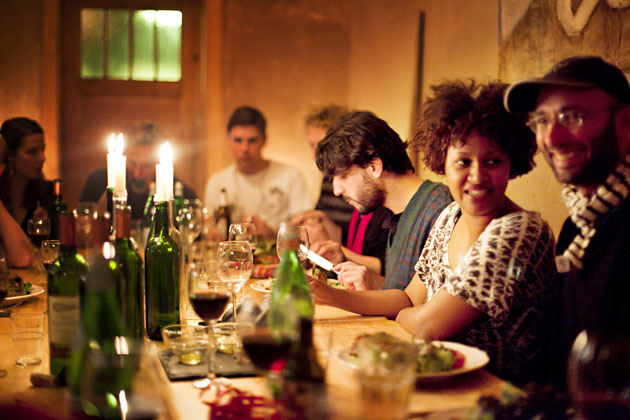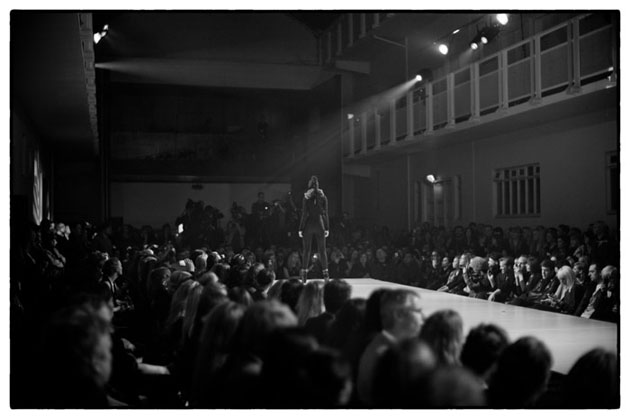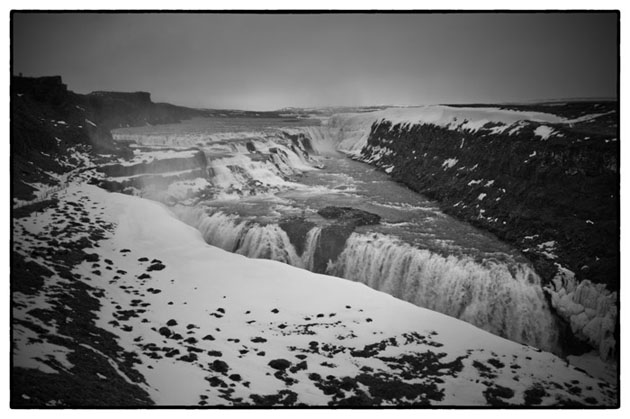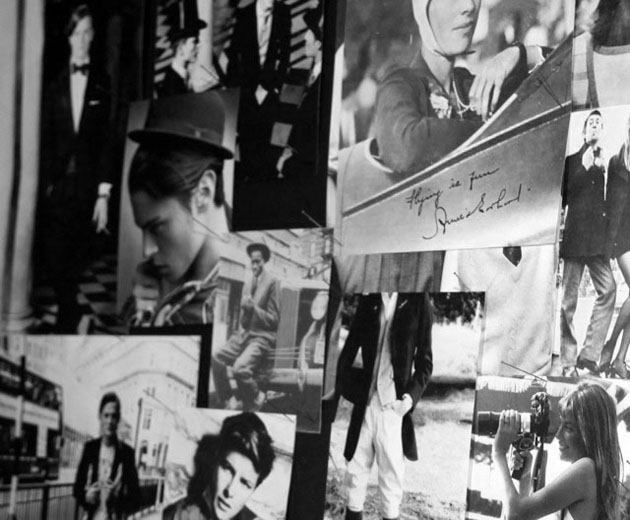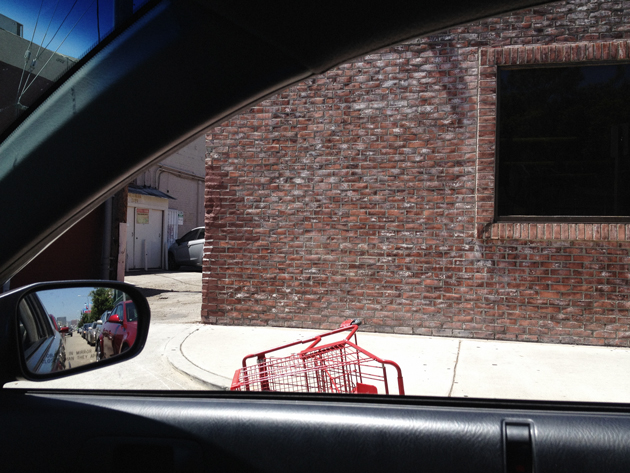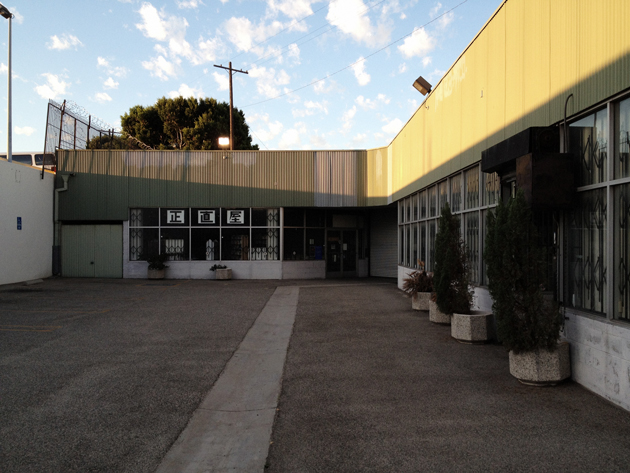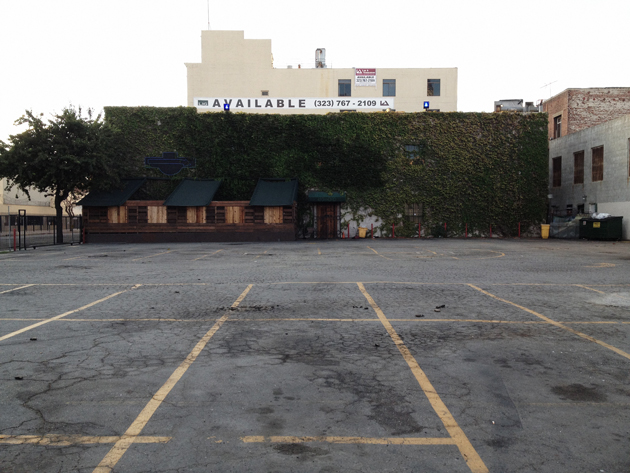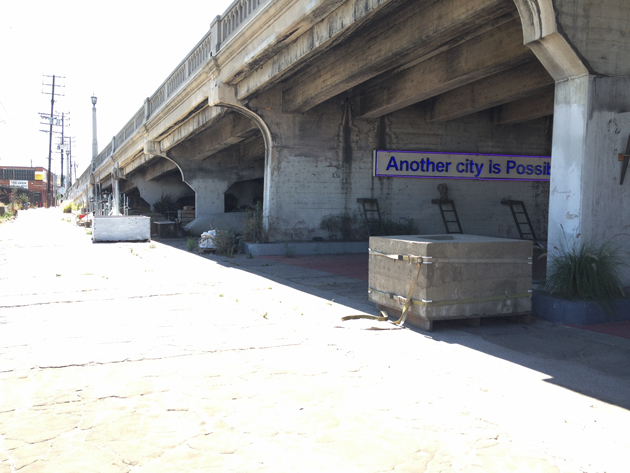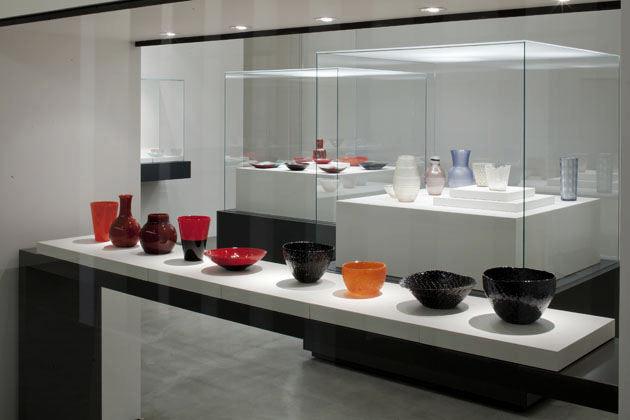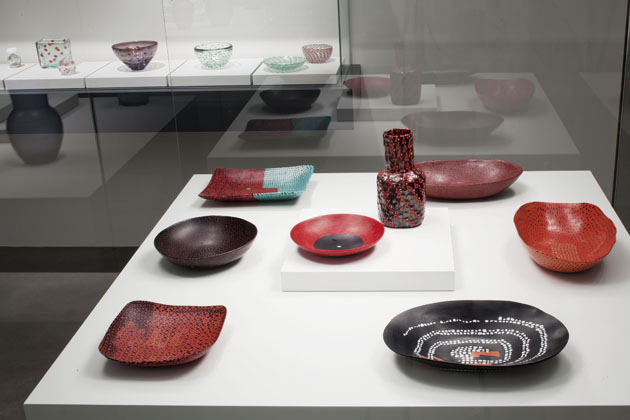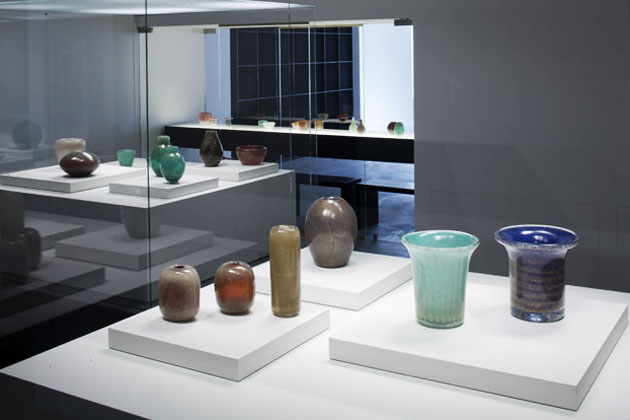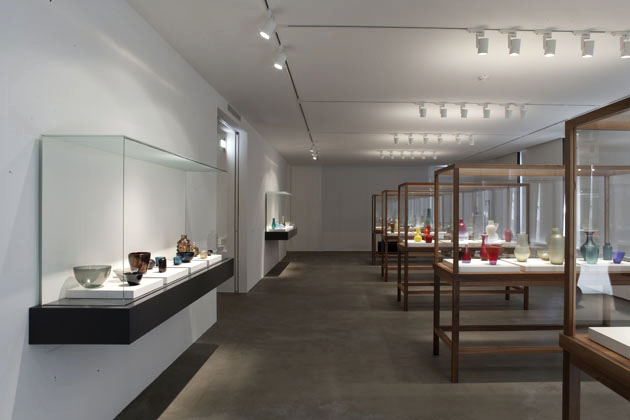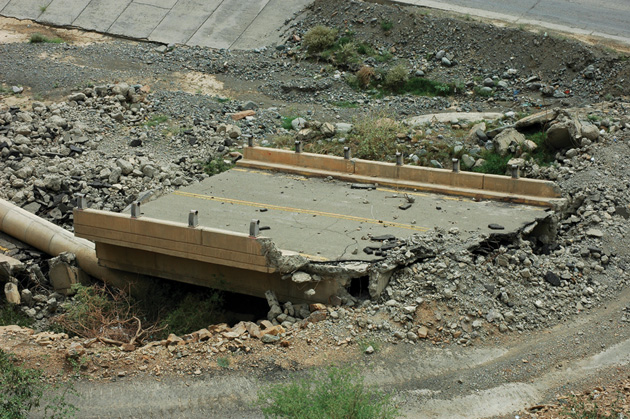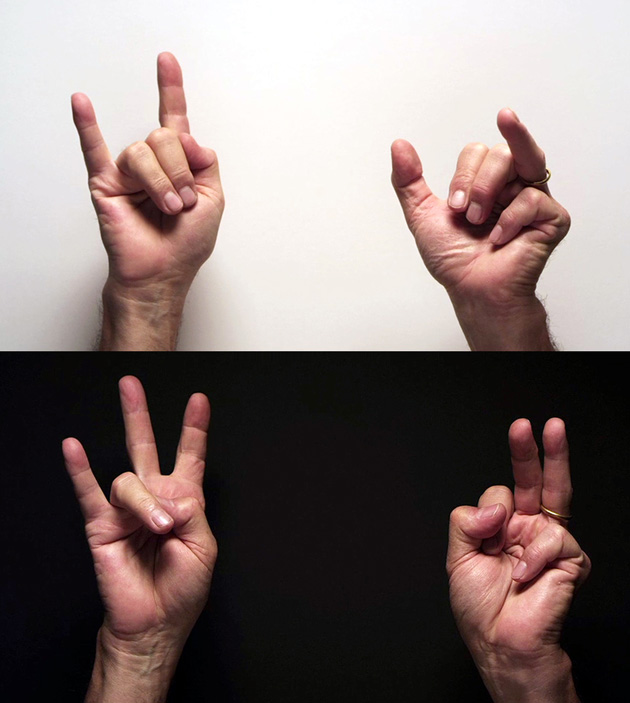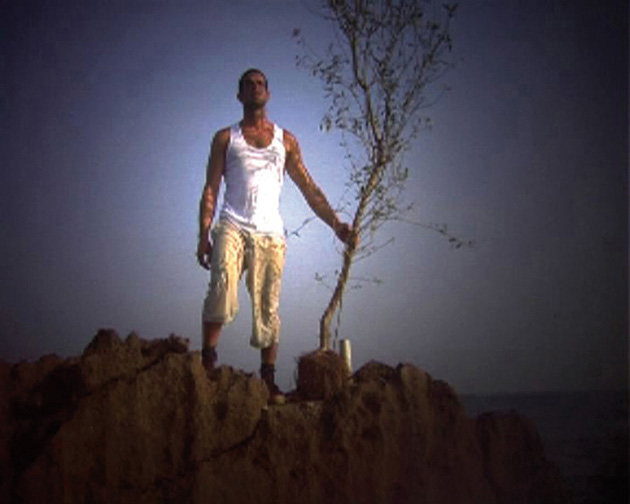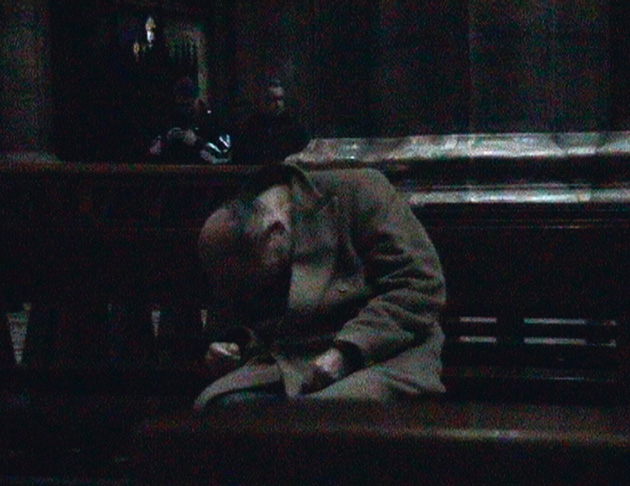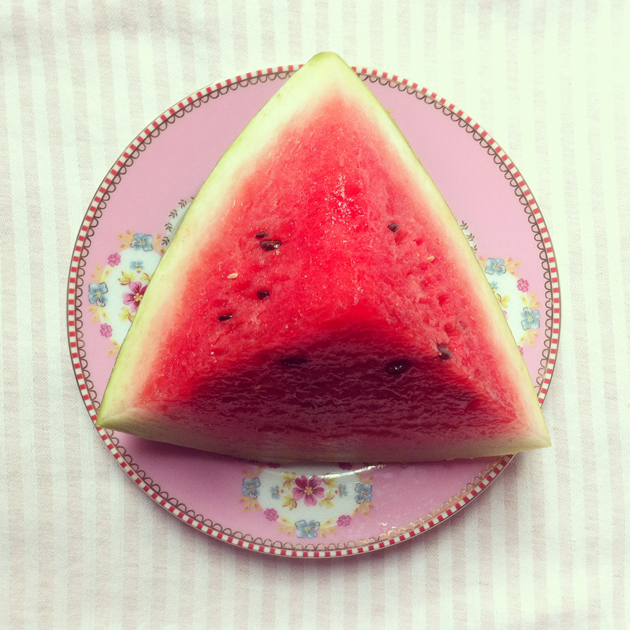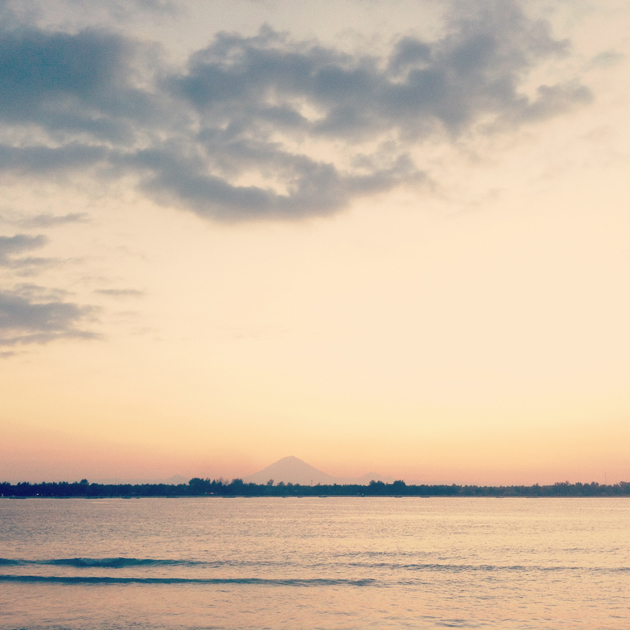Eating Stone Age Style
It is said to be the first Paleolithic restaurant on the Eurasian continent, if not the entire world: Berlin based restaurant Sauvage.
This former brothel in the Kreuzköllner area, offers an all-organic diet of wild legumes, nuts and seeds, sustainably raised fish, grass-fed pasture-raised meat and above all, no processed grains, dairies or sugars. Or more simply put: everything the ancient pre-agricultural hunter-gatherer ancestors ate 200,000 years before us. Yes, it is an all-prehistoric Stone Age cuisine that is bestowed here.
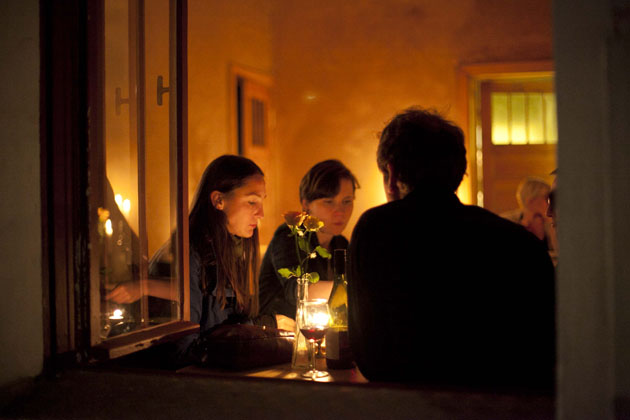
The founders of the restaurant, Boris and Rodrigo had become fond adherents of this dietary lifestyle and felt like spreading the word through opening their own eatery. And so they have. The cave man theme is consistently worked through the interior, as the cozy place –it can only seat up to 40 people- is dimly lit by candle lights and environed by sturdy stonewalls.
But restaurant Sauvage is not just about mimicking how prehistoric men ate. In fact, it combines ancestral cooking methods and evolutionary science with contemporary cuisine and is as such a modern off-shoot to the paleo diet. According to the owners’ philosophy, it is about feeding the body the way nature primordially intended it.
Our prehistoric ancestors were quite ahead of their time when it came to maintaining a vigorous diet. The health results are said to be quite impressive: energy levels are prognosticated to be higher and steadier throughout the day, skin, hair and teeth will look better and even one’s sex drive is anticipated to increase substantially. And not in the least, the taste is delicieux. It surely explains why the restaurant is fully booked just about every night.
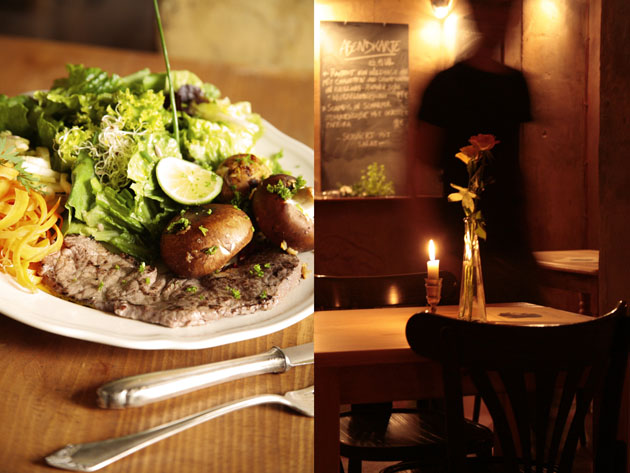
The nutritional concept isn’t entirely new though. Neanderthal eating was already promoted and adapted in several books and academic journals around the mid-1970s. In spite of it though, it remained a marginal phenomenon. With the excessive load on quite colossal crises human kind is currently facing, there is irrefutably a growing re-appreciation for the past. In fact, one could go even so far as stating that through the use of old artifacts or in this instance, by restoring an old cooking method, the discomfort with the present and future is channelized.
If anything, its manifestations have become increasingly diverse. Whether it is the accrued interest in traditional handcrafts, the perpetual love for all things “vintage” or the fascination with prehistoric foods, there is a latent longing to go back to our human roots. In the case of Sauvage however, the appreciation for the ‘old’ and our homo sapien roots, go back just a tiny bit further in time.
